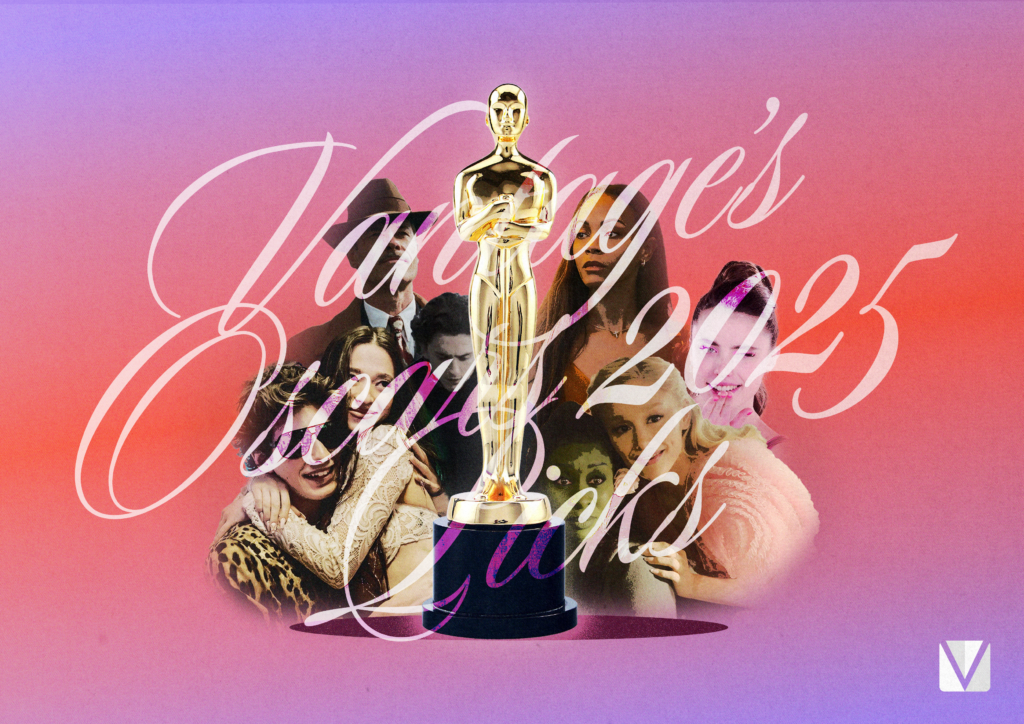There’s a close up of a stranger in black and white. He has a look of uncertainty on his face. He speaks. “To my 50-year-old self… Sana kilala pa rin kita.”
Thus ends the teaser for Bia Catbagan’s latest film project, Letters to the Future. The minute-and-a-half preview hints at the unbridled honesty of several people in their 20s. They are face-to-face with the camera, speaking from their hearts. There are no scripts involved.
As a time capsule of sorts, Letters to the Future is meant to stand the test of time. The goal is that, 20 years from now, it will still be considered classic.
Letters to the Future captures these 20-somethings in their moments of strength and weakness, of laughter and silence. Each one of them reveals something about themselves and, later on, the rest of their generation.
“I want it to show what’s really on the minds of people, and not the facades on social media that we see,” Catbagan explains. Without all the Instagram filters, what you get is the raw and candid Letters to the Future.
Of vision and voices
It was Catbagan’s initial fascination with time capsules that sparked this passion project. Her vision was to find a way to preserve her generation’s ideals and values while doing what she loves most: Filmmaking.
She had to exhaust her connections to get the widest possible array of young people to interview. But Catbagan didn’t really require much from her interviewees. They had to be in their 20s and it didn’t matter what they did or where they were from. All they had to be was ready to face the camera and deliver a message to their future selves.
One of the film’s subjects, Ateneo alumnus Chino Esguerra (BS Mgt-H ‘09), admits the process was quite difficult. “A lot of us don’t really know where we’d be in a year—how about 20 or 30 years forward? It’s a lot harder than you think, and for me it really forced a bit of introspection,” he says.
Still, Esguerra recalls his preliminary interview as something that came very naturally. “We were given as much time as we wanted to think and articulate our answers, and each question flowed very naturally from the last.”
Considering majority of the film is composed of one-on-one interviews, it would be safe to say that there is the risk of creating a bland and monotonous viewing experience. Catbagan, however, is convinced that this style was the best way to tackle her idea.
“It’s so much more real and relatable when you hear people talk extensively about their dreams,” she explains.
The result, if the preview’s any indication, is a film that is far from dull.
Only shades of gray
While other recent black and white films like The Artist and Manila Kingpin: The Asiong Salonga Story were specifically made to portray a particular period in the past, Letters to the Future was made to focus on the present and beyond.
For the film’s assistant director, Aaron Palabyab (AB Comm ‘07), “One reason we did it was so as not to date the film, to give it a more timeless look.” As a time capsule of sorts, Letters to the Future is meant to stand the test of time. The goal is that, 20 years from now, it will still be considered classic.
Over the film’s monochromatic visuals, a sense of optimism and idealism is what prevails. Catbagan calls it “matured idealism”—a mindset previously portrayed in the cinematic classic Gone with the Wind. “After all, tomorrow is another day.”
Catbagan herself admits that the film’s positive tone comes from her own attitude, calling herself “the queen of optimism.”
Palabyab echoes Catbagan’s sentiment. “I think this project is a direct result of her own wrestling with keeping her idealism intact,” he says.
Members of this generation may not have Scarlett O’Hara’s epic story and southern belle sensibilities, but they do show the same kind of positivity. “We’re all idealistic in different sorts of ways,” Esguerra explains. “Some people are exceptional artists, some are diehard activists, some are career-driven and ambitious—all idealism in their own ways.”
An open letter
Catbagan hopes that her project extends past the production of this one film. She dreams of having people in their 20s from all over the world pitching in with the project. “I’d love for it to go to other cities, other countries. See what’s on the minds of 20-somethings around the world.” It may even be possible to see Letters to the Future in French or Swahili.
She adds, “If people on social media would like to join in by sending their own messages, that would be wonderful.”
Through it’s set to be released before the year ends, Letters to the Future is an unfinished story, in a sense. Palabyab notes, “The dream is to find these people again 20 years from now and shoot them again, the exact same way.”
The film is a piece that captures all the aches, frustrations and dreams of a hopeful generation. While most time capsules are meant to be left buried in the ground, we’ll have Letters to the Future, out in the open, waiting for us to look back and finish its story.
Letters to the Future will be screening on July 28 and August 1, 4:30 and 5:30 PM, at the Eugenio Lopez Studio, 3rd Floor Social Sciences Building.
Editor’s note: This article was originally published on Katipunan Magazine.






